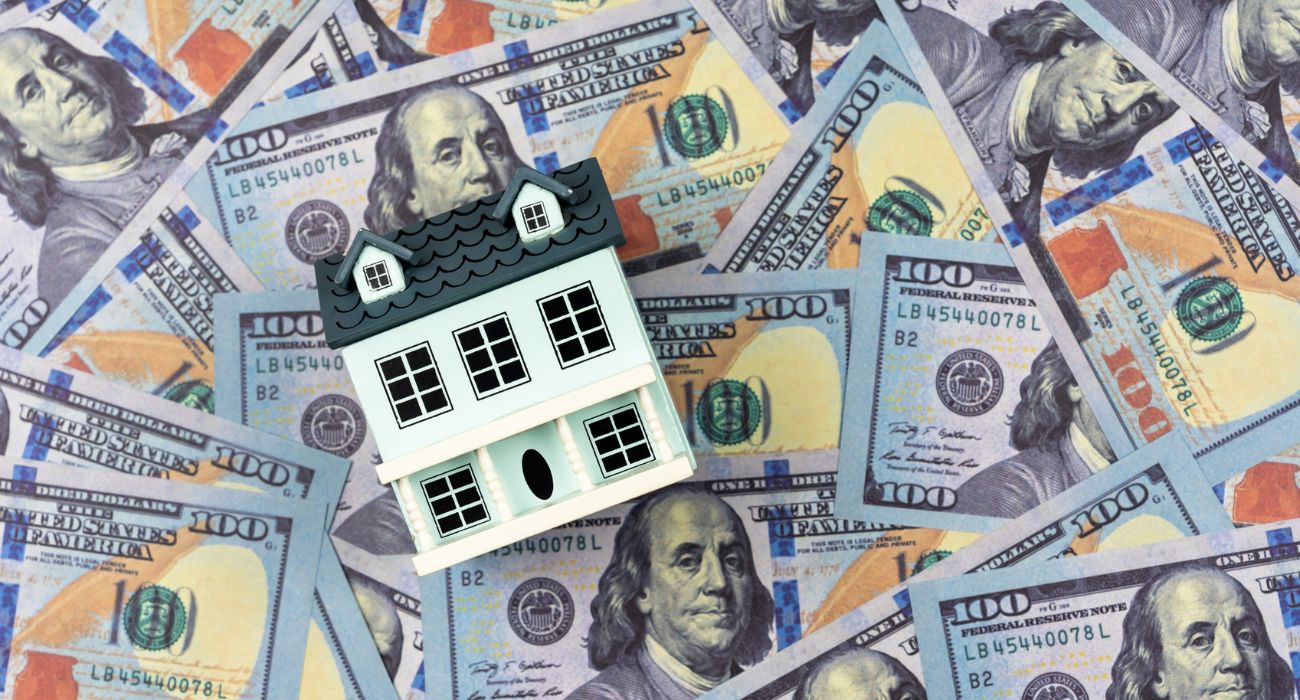As interest rates soar over 7%, future Dallas homebuyers must grapple with how this affects their bottom line. Many potential homebuyers may decide to forego buying a house and rent instead of locking into 20-year high prime mortgage rates.
Though rates are high at the moment, there are still some advantages to buying a house, even in this climate.
For instance, the Dallas market has become a buyer’s market. In other words, the days of appraisal and inspection waivers seen over the summer are long gone.
In a buyer’s market, potential homebuyers hold leveraging power. Dallas residents may be able to strike deals with agents and homebuilders struggling to unload inventory, including interest rate buy-downs, closing cost assistance, better amenities, and renegotiated listing prices.
Moreover, homebuyers can refinance at a lower interest rate if interest rates improve in the future.
Here is a breakdown of what a 7% interest rate means for the typical Dallas household.
The average Dallas household monthly income is $7,300/month. To avoid obtaining a loan backed by the Federal Housing Administration (FHA), homeowners must demonstrate they can cover the monthly mortgage with less than 50% of their income.
Therefore, the average Dallas household has a $3,650 maximum towards a mortgage, including the principal, interest, homeowners and mortgage insurance, and HOA fees.
The current housing market in Dallas has a wide range of home listing prices. Redfin estimates the average Dallas home to cost around $400,000 as of September 2022.
Assuming a monthly HOA fee of $100, annual homeowners’ insurance of $1,600, great credit, a 7% interest rate, prime mortgage insurance rate of .5%, and a 3% down payment (the minimum for first-time homebuyers), a mortgage will cost around $3,200/month. Although money may be tight, first-time homebuyers can still afford a new home.
For those without perfect credit, it may be wise to wait, build a better credit score and hope interest rates will lower in the future.
However, rates may continue to rise. In an op-ed for The Hill, John Diamond writes, “not only are future rate increases more likely, but it’s also likely that the Fed will raise rates higher than previously projected.”
Although 7% interest rates may seem high in comparison to the 3% interest rates seen in 2021, they are just below the 50-year average of 7.73%
In December 1980, the Fed raised interest rates to a whopping 20% to fight inflation – its highest ever. The entire decade of 1980 saw an average interest rate of 10%.
While a 7% interest rate may seem daunting, potential homebuyers can negotiate better loans, refinance if interest rates lower once again, and build generational wealth, which can pass on to children and grandchildren.






